Azmi Can Özgen
Cheating Detection Pipeline for Online Interviews and Exams
Jun 28, 2021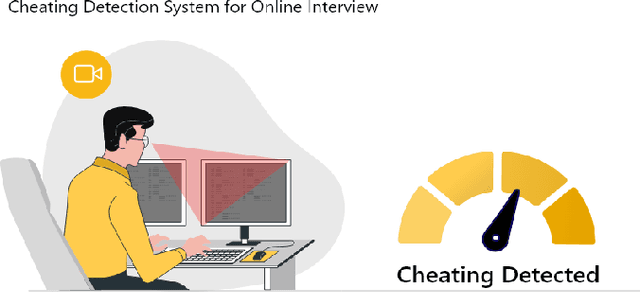
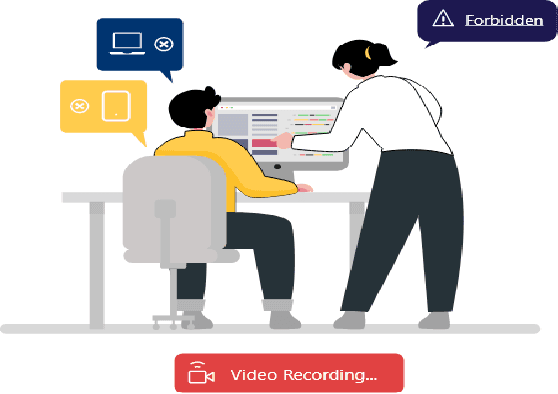
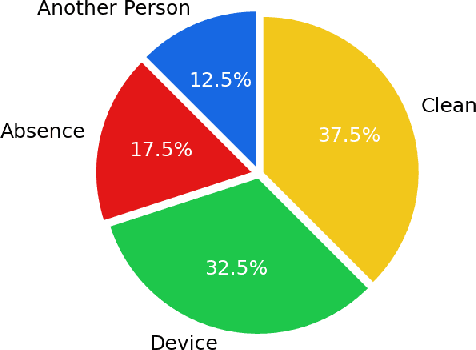

Abstract:Remote examination and job interviews have gained popularity and become indispensable because of both pandemics and the advantage of remote working circumstances. Most companies and academic institutions utilize these systems for their recruitment processes and also for online exams. However, one of the critical problems of the remote examination systems is conducting the exams in a reliable environment. In this work, we present a cheating analysis pipeline for online interviews and exams. The system only requires a video of the candidate, which is recorded during the exam. Then cheating detection pipeline is employed to detect another person, electronic device usage, and candidate absence status. The pipeline consists of face detection, face recognition, object detection, and face tracking algorithms. To evaluate the performance of the pipeline we collected a private video dataset. The video dataset includes both cheating activities and clean videos. Ultimately, our pipeline presents an efficient and fast guideline to detect and analyze cheating activities in an online interview and exam video.
Words as Art Materials: Generating Paintings with Sequential GANs
Jul 08, 2020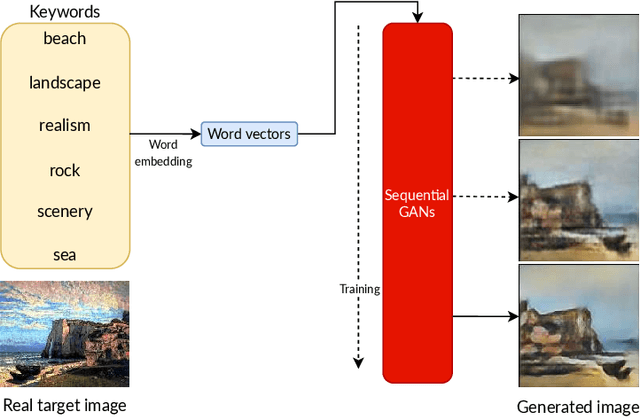

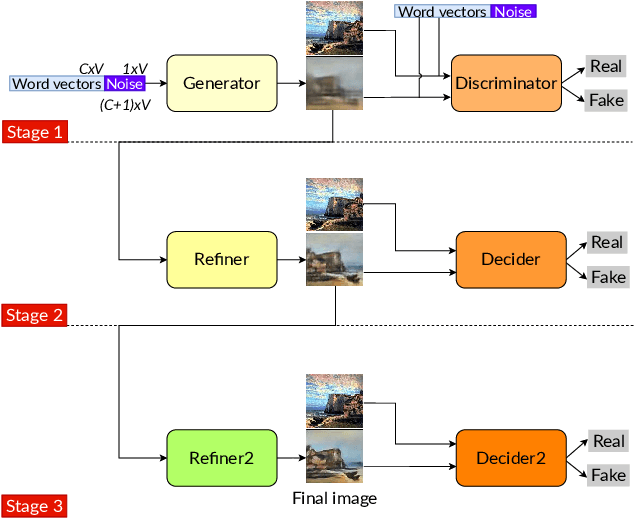

Abstract:Converting text descriptions into images using Generative Adversarial Networks has become a popular research area. Visually appealing images have been generated successfully in recent years. Inspired by these studies, we investigated the generation of artistic images on a large variance dataset. This dataset includes images with variations, for example, in shape, color, and content. These variations in images provide originality which is an important factor for artistic essence. One major characteristic of our work is that we used keywords as image descriptions, instead of sentences. As the network architecture, we proposed a sequential Generative Adversarial Network model. The first stage of this sequential model processes the word vectors and creates a base image whereas the next stages focus on creating high-resolution artistic-style images without working on word vectors. To deal with the unstable nature of GANs, we proposed a mixture of techniques like Wasserstein loss, spectral normalization, and minibatch discrimination. Ultimately, we were able to generate painting images, which have a variety of styles. We evaluated our results by using the Fr\'echet Inception Distance score and conducted a user study with 186 participants.
 Add to Chrome
Add to Chrome Add to Firefox
Add to Firefox Add to Edge
Add to Edge